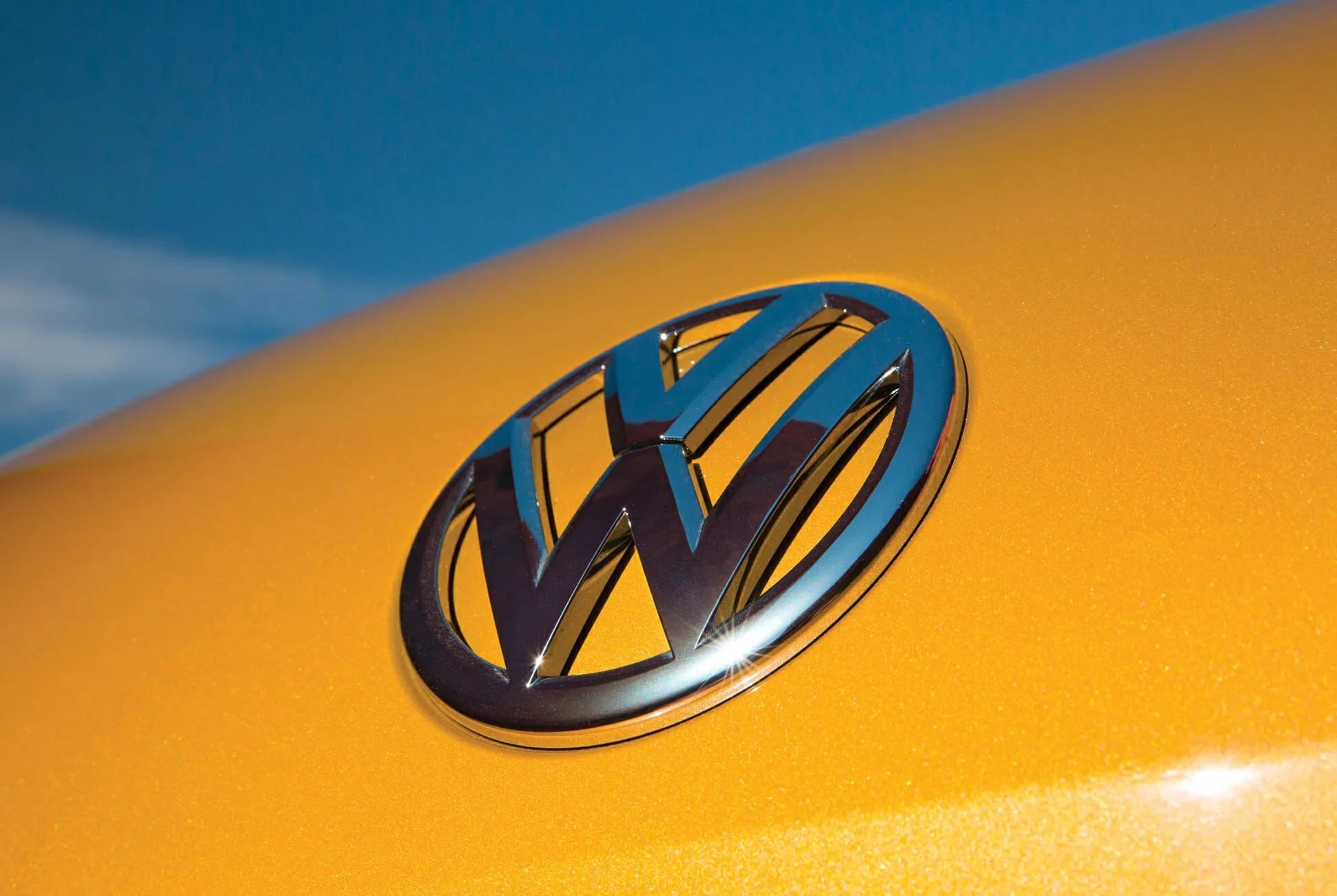Up until now, Tesla has largely been the only game in town when it comes to offering a wide variety of electric cars. Other carmakers — Porsche, Audi, Jaguar and GM, to name a few — have begun edging into the EV space, but none of them have offered the plethora of options that Elon Musk’s automaker has. Volkswagen’s forthcoming electric car onslaught is poised to change that, however; the company plans to sell 1.5 million EVs over the next five years, thanks to the arrival of a wide variety of different models all sold under the ID sub-brand.
And now we’ve learned the centerpiece of VW’s ID rollout might be an electric sports car packing special new battery tech to help give it an edge over Tesla.
According to Autocar, which cites “highly placed” sources inside Volkswagen, the ID R sports car will be based off the same basic MEB platform that’s set to serve as the backbone of most of VW’s ID fleet. With the chassis able to accept electric motors on the front and/or rear axles, the ID R could conceivable be engineered with all-wheel-drive, giving it extreme EV acceleration like the Tesla Model S and Porsche Taycan offer.
Of course, as those cars prove, squeezing extreme performance from electric motors is nothing new. Where the VW ID R sports car could have an advantage is in the big chunk of metal and chemicals that holds the power for them. Volkswagen is reportedly leveraging what it learned with its groundbreaking, record-breaking ID R sports car — the car that ran up Pikes Peak in less than eight minutes and lapped the Nurburgring Nordschleife in barely more than six — to create performance-optimized batteries for the new sporty EV road cars.
“We are beginning to work on the first batteries for the performance road cars, using the dedicated team from the ID R, so there will be a direct link between them,” VW motorsport director Sven Smeets said, according to Autocar.
Volkswagen R performance car division boss Jost Capito elaborated, explaining that the company can use different methods of battery construction and different types of chemical mixes in the batteries themselves for high-performance machines than they would for more conventional vehicles.
“There are different demands on a performance car than a road car, and we’re looking at all aspects to see what we can do with the technology,” he said. “We’ve seen how it works in the ID R and now we want to see how it looks in a road car.”

